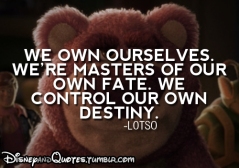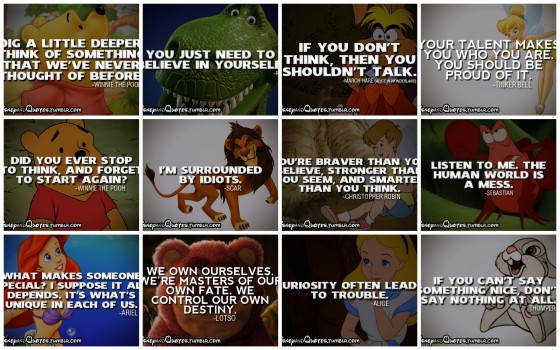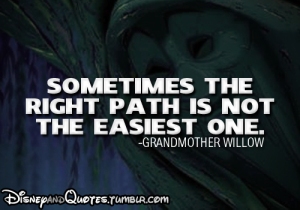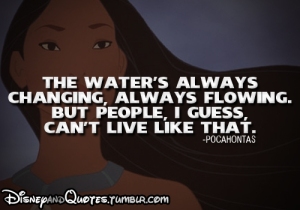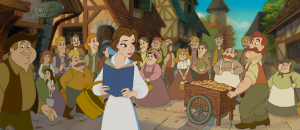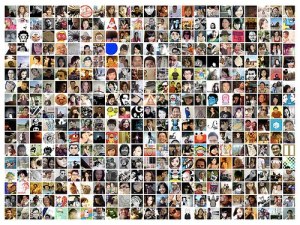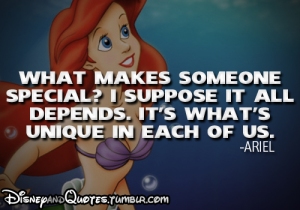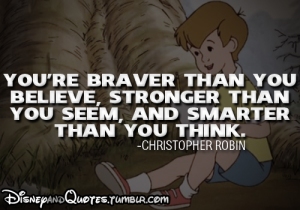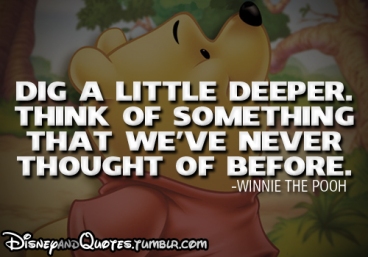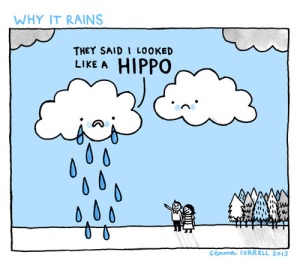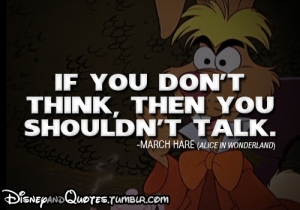Hello, Hylô, Hallo, Salut, Ola, Ciao & Hola,
I hope your kettle is on, because today is looking like a long one! Buckle up, here comes my synthesis of ‘Social Median in Education’.
If at any point you want to refer to a previous blog, all the key terms are hyperlinked.
So way back in blog 4, I discussed Kerawalla’s four-factor framework(2008). This framework suggests that learning through social media is constructed around presentation, audience, comments and community. The literature surrounding social media (at least that which I have discussed) has had relevance to this theory, therefore I believe this framework is the best tool to ‘tie’ this topic together.
Presentation
Social media assignments that may involve students writing blogs, creating videos or discussing on forums, require the student to acquire information, report information and evaluate this information through independent learning (Glogoff, 2005). Independent learning moves the student from being a passive listener to an active learner, thus improving analytical reasoning and conceptual understanding (Gow & Kember, 1990). Social media sites that may encourage learning are YoutubeEdu, blog sites such as WordPress, and even sights such as Tumblr can be beneficial, allowing students to enhance cognitive schemas through mnemonic images. An additional benefit of using multiple social media sites (or even social media alongside traditional teaching) is that students can learn through multiple mediums. Students who gain enjoyment from multimedia resources are better at extracting information from learning materials, and as a result perform better on assignments (Large, Beheshti and Breuleux, 1998). Also, by being exposed to a large number of multimedia devices, students can enhance their working memory through duel-coding. Duel-coding allows students to retrieve information from both visual and auditory memory pathways (Moreno & Mayer, 2002), thus the method in which a student researches and presents knowledge can influence their future learning.
Audience
When students produce a piece of work through social media, they write with an audience in mind. Students will put more effort into a permanent piece of work, such as a blog, that other people will see or read (Egger). As a result, motivation is increased, demonstrating higher levels of critical thinking (Liu, 2001). Deng and Yuen (2012) found when writes with an audience in mind, more online discussion occurs, leading to peer and collaborative learning. Collaborative Learning is the notion that students work together to strengthen their understanding through social interaction (Frechette, 2013). Inquisitive students, who ask more questions and are more actively involved in class discussion, demonstrate better academic performance and an enhanced understanding (Smith et al, 2009). Students from online learning courses have an increase in social presence, as their work is peer reviewed. This increase in social perception leads to an increase in motivation. Richards and Swan (2003) found students demonstrate more understanding in situations where social perception is high (e.g blogs), than in situations where social perception in low (e.g exams).
Comments
As I mentioned previously, discussion aids learning (Smith et al 2009). Discussion is argued to improve collaborative learning, which has been found to to improve understanding (Bonwell & Eison, 1991). Arbaugh (2000) suggests that students who are part of an e-learning environment will discuss course content more freely than those who have face-to-face peer interaction, thus implying social media can innate more active learning than the traditional classroom environment. The use of social interaction in social media, such as comments or tweets, feeds discussion. This discussion encourages students to apply personal meaning to information, and leads to further exploratory/independent learning (Lipman, 1991). Commenting is not just for students; teachers can comment on work and synchronise blogs with the curriculum. This leads to Organisation effects (Bjork, 1994), thus allowing challenging information to be reviewed and allows for the improvement of long-term learning.
Community
The idea of community in education refers to the people we learn from, traditionally speaking, our classmates. However, moving education to social media means we also move our academic community. Academic communities have a collective intelligence, where each member has specific knowledge that can be pooled together (Jenkins, 2008). Students are able to retrieve knowledge from their communities’ collective intelligence, and thus the size and quality of a student’s community will effect their learning. Social media learning means a student can select their individual community from across the world, and they can gather information from students, experts and resources with similar interests to themselves from vast online resources. A student’s unique academic interests (personal learning environment) leads to the construction of a student’s academic community (Orlando, 2010). The implications of this are that a student will be motivated by their interests to develop learning from resources they deem relevant, thus encouraging independent learning. In addition, education becomes personal, where each student can learn at a pace suited to their individual ability and can be motivated by their own passions, therefore incorporating a student’s talent into their learning, as opposed to sacrificing their talents in the name of a curriculum.
Kerawalla’s four-factor framework highlights the benefits of implementing social media in education. Although the cognitive advances of using social media, such as multimedia and organisation effects, are numerous and effective, the main advantage that social media provides is the social interaction that encourages collaborative learning. Improving socialisation, by putting students behind screens, seems preposterous; however, as the research suggests, students discuss academic content more on social media sites (Deng and Yuen, 2012). Social media allows students to use ‘what makes them special’ to enhance their education. Students can enhance their academic community and share a collective intelligence with this community. The effect of collaborative learning is that students contemplate information, therefore turning it into understood knowledge, rather than retrievable facts. After all, is this not what education should be about?
Thanks for reading,
I hope you have enjoyed my blogs, I’ve certainly enjoyed yours.
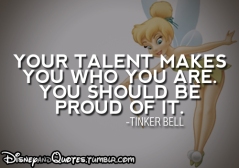
****
References
Kerawalla (2008): http://www3.interscience.wiley.com.libezproxy.open.ac.uk/cgi-bin/fulltext/119880599/HTMLSTART
Glogoff (2005): http://studentcenteredlearning.pbworks.com/f/Instructional+Blogging.pdf
Gow & Kember (1990):http://link.springer.com/article/10.1007%2FBF00133895?LI=true
Large, Beheshti & Breuleux (1998): http://www.sciencedirect.com/science/article/pii/S0740818898900275
Moreno & Mayer (2002):http://imej.wfu.edu/articles/2000/2/05/index.asp
Dave Egger: http://www.ted.com/talks/dave_eggers_makes_his_ted_prize_wish_once_upon_a_school.html.
Deng and Yuen (2012):http://www.ascilite.org.au/ajet/ajet28/deng.html
Frechette (2013):http://journalofmedialiteracy.org/index.php/current-issue/98-david-considines-ten-technology-tips-for-principals
Richards & Swan (2003): http://epsl.asu.edu/epru/documents/EPRU%202002-101/epru-2002-101.pdf
Bonwell & Eison (1991): http://www.oid.ucla.edu/about/units/tatp/old/lounge/pedagogy/downloads/active-learning-eric.pdf
Arbaugh (2000): http://jme.sagepub.com/content/24/2/213.short
Smith et al (2009): http://www.sciencemag.org/content/323/5910/122.short
Jenkins (2008): http://www.idunn.no/ts/dk/2007/02/confronting_the_challenges_ofparticipatoryculture_-_media_education_for_the?languageId=2
Orlando (2010): http://www.facultyfocus.com/articles/edtech-news-and-trends/personal-learning-environments-help-students-extend-learning-beyond-the-classroom/
